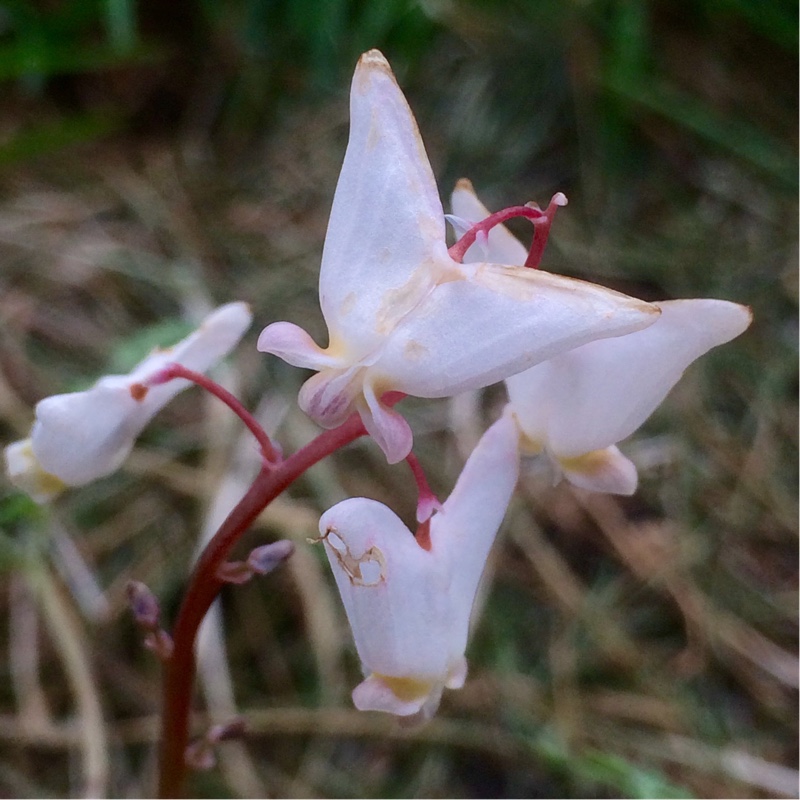
Dicentra cucullata
Dutchman's-breeches
Dicentra cucullata is a woodland perennial with deeply dissected silvery-grey foliage and yellow tipped white flowers. These are held on dainty stems, up to 4 or so per stem which is pale pink in colour. Each flower is white and hangs from fine stems, pouch-like with yellow tips. Best grown in woodland, wildflower or native plant gardens. Generally considered inappropriate for borders because the plants go dormant by summer.
Contributed by @tiggrx
-
Full sun to partial shade
-
Occasional watering
-
Full Frost Hardy: 5F (-15°C)
-
Free draining and fertile
Common name
Dutchman's-breeches
Latin name
Dicentra cucullata
type
Herbaceous Perennials
family
Papaveraceae
ph
6.5 - 8.0 Acid - Neutral
Plant & bloom calendar
-
Best time to plant
full grown dimensions
 0.30 M
0.25 M
0.30 M
0.25 M
Dicentra cucullata
Dicentra cucullata is a woodland perennial with deeply dissected silvery-grey foliage and yellow tipped white flowers. These are held on dainty stems, up to 4 or so per stem which is pale pink in colour. Each flower is white and hangs from fine stems, pouch-like with yellow tips. Best grown in woodland, wildflower or native plant gardens. Generally considered inappropriate for borders because the plants go dormant by summer.
Planting Outdoors
From Mid Spring TO Late Spring
Plant container grown plants in spring. They thrive in moist, humusy rich, well-drained soil in partial to full shade. They will tolerate full sun in cooler climates, provided they are kept moist. These plants will tolerate slightly alkaline soil. When planting, add lots of compost, humus, or peat moss to the soil to enhance its water retention capabilities.
Propagation by cuttings
From Late Autumn TO Late Autumn
Dicentra plants can be propagated by 6-8cm root cuttings which are best taken in late autumn. Carefully lift the plant out of the ground, do not to damage its roots. Rinse the roots in water to remove all soil. With a sharp knife, take off 8cm lengths of pencil thin roots. Fill pots with compost to which grit has been added, lay the cuttings, spaced out, on top. Cover with a thin layer of compost. Water well, label pots and place in a in a cold frame or somewhere cool indoors. Replant the parent plant.













